Minakari or Enameling, the glorious Iranian Art
Minakari or Enameling is one of the most glorious Iranian handicrafts. It is the art of painting and designing the surface of metals such as gold, silver, and copper by glazing colors and fire in the furnace (Sometimes, it is done upon the glass or ceramics too.) According to the orientalist scholar Arthur Pope, Minakari dates back to 1500 B.C. Its practice on metal appeared during 600-400 B.C.
Minakari is usually done on different utensils, such as vases and plates, picture frames, the doors and windows in holy shrines, pieces of jewelry, and small decorative objects, and combined with Khatam kari, Persian Miniature, Jewelry making, and other kinds of art. Different kinds of paints used in Minakari were taken from plants, minerals, and iron ore. Nowadays, chemical paints are often used. The craftsmen use gold, copper, and tin in combination with different chemical materials to make red, green, and yellow colors respectively.
Mina, meaning heaven in Persian, is a glass-like coating that can be fixed on different kinds of metals by heat. It is available in different colors, such as azure blue, reddish-purple, green, yellow, cyan, yellow, gold, and black. But Isfahan Minakari is usually known by the colors azure blue and turquoise or cyan.
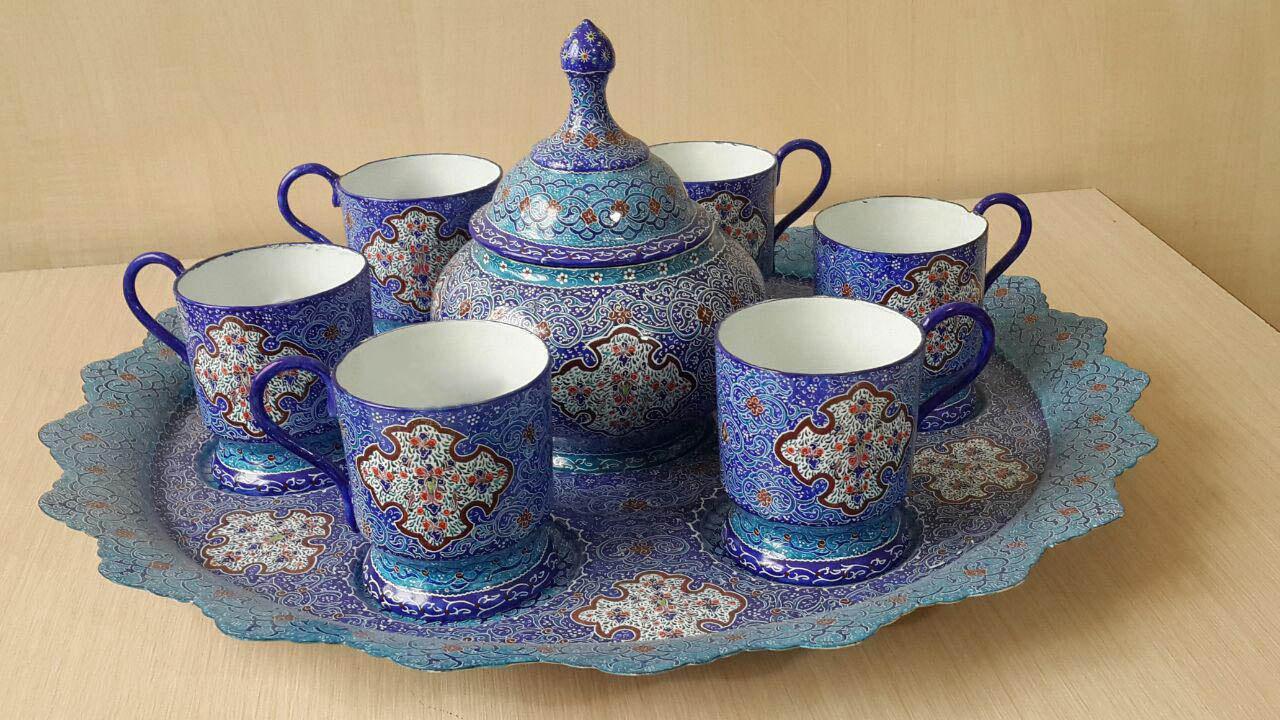
Iranian Enameling, Iranian handicraft
A good point to recognize the genuine Mina is that there is no white color for Mina! Whenever it is needed, the craftsmen use the glazing under Mina on the crafts or scratch the painted parts with a sharp head instrument to reach the white color of the glazing. It can be useful for tours to Iran who wish to take Persian metalwork as a Iran souvenir to their land.
The designs for Minakari are usually traditional symmetrical patterns like arabesque, flower and bird on a floral background, and historical religious monuments. The more detailed complicated designs, the more expensive the craft would be. It can be washed with lukewarm water and a sponge.
There are two kinds of Minakari: Painted enamel, and Khanebandi (also called Charkhaneh).

Persian enameling
The process of Minakari is as follows: First, the metal- nowadays usually copper- is shaped by the craftsman. Then, he covers it with a white glaze. Next, he puts the body into the furnace at a temperature of about 800˚ C, recoats it with a higher quality glaze, and heats it again. This process is usually repeated three to four times. Now, the craftsman can design and paint the metal body. Finally, the craftsman sends the painted metal dish to the furnace to stabilize the color.
The different tools used during this process include a furnace, pliers, a press machine, a very fine brush or pen, and so on.
From among the samples of ancient Iranian Enameling, there are Sassanid plates discovered in Armenia, kept in Islamic Arts Museum, Berlin. One of the oldest samples of Minakari is a pair of earrings, discovered in Nahavand, dating back to 800-700 B.C. An Achaemenid gold armband ornamented with Minakari is exhibited in Victoria and Albert Museum, London.
Minakari reached its peak at the time of the Seljuk period. Enameled brass dishes were common at that time and were exported to other neighboring countries too. During the Mongols period, Persian Minakari witnessed great changes, and the Arabic inscriptions turned into pictures of the garment and appearance of the Persian courtiers. At the time of Safavids, arabesque designs were added to the designs, and the red color was used more than ever. The prevalent designs were the royal banquets, hunting, and horse riding on the silver.
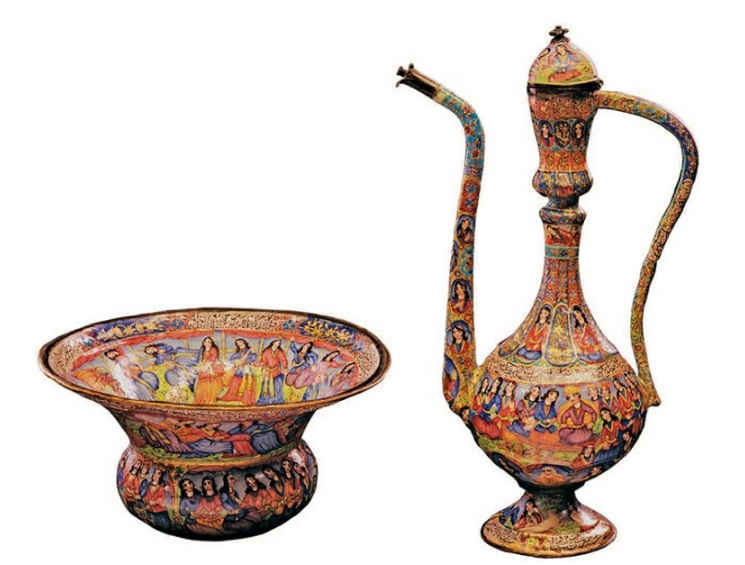
Persian Enameled utensil
At the time of Qajar, the art of Minakari declined. It was used mainly on the Hubble bubbles, as it was popular in the Qajar kings’ court. After the Qajar period, this forgotten art was revived again. At present, Isfahan is the center of Minakari in Iran. Most of the craftsmen do Minakari on gold the same style as the Qajar period. The most famous Isfahani master in enameling is Shokrollah Sani’zadeh who revived this invaluable art after World War I.
If you have decided to visit Iran, get more information on Iran visa.


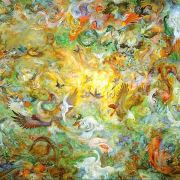
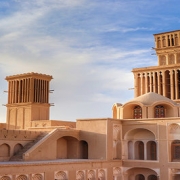

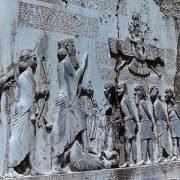



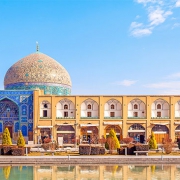



Leave a Reply
Want to join the discussion?Feel free to contribute!